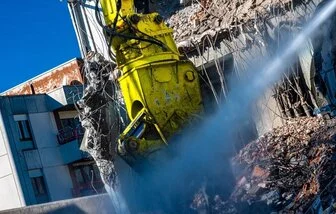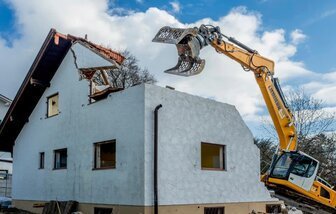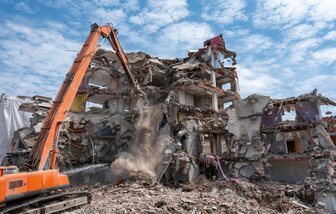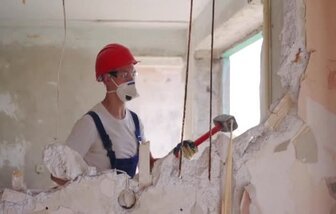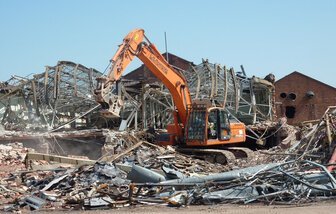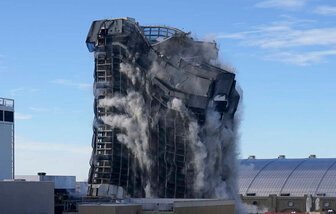Understanding Demolition: The Process and Importance
Demolition is the process of completely dismantling or destroying buildings, structures, or any other man-made objects. It involves the use of specialized equipment and techniques to safely and efficiently bring down structures and clear the site for future development or renovation.
The Demolition Process
The demolition process typically begins with a thorough inspection and assessment of the structure to be demolished. This helps in understanding the complexity of the project, identifying potential hazards, and developing a comprehensive plan to ensure safety and efficiency.
Once the assessment is complete, the next step is obtaining the necessary permits and approvals from local authorities. This ensures compliance with regulations and ensures that the demolition is carried out in a responsible manner.
The actual demolition work involves the use of specialized excavators, cranes, wrecking balls, or explosives, depending on the size and type of the structure. Skilled operators carefully demolish the building, starting from the top and working their way down to the foundation.
During the demolition process, it is essential to manage and control dust, noise, and vibrations to minimize the impact on the surrounding environment and neighboring properties. This is achieved through the implementation of various mitigation measures, such as using water sprays, noise barriers, and monitoring equipment.
Once the structure is completely demolished, the debris is sorted, recycled, and disposed of in an environmentally responsible manner. This ensures that materials such as concrete, metal, and wood are recycled or reused, reducing the overall environmental impact.
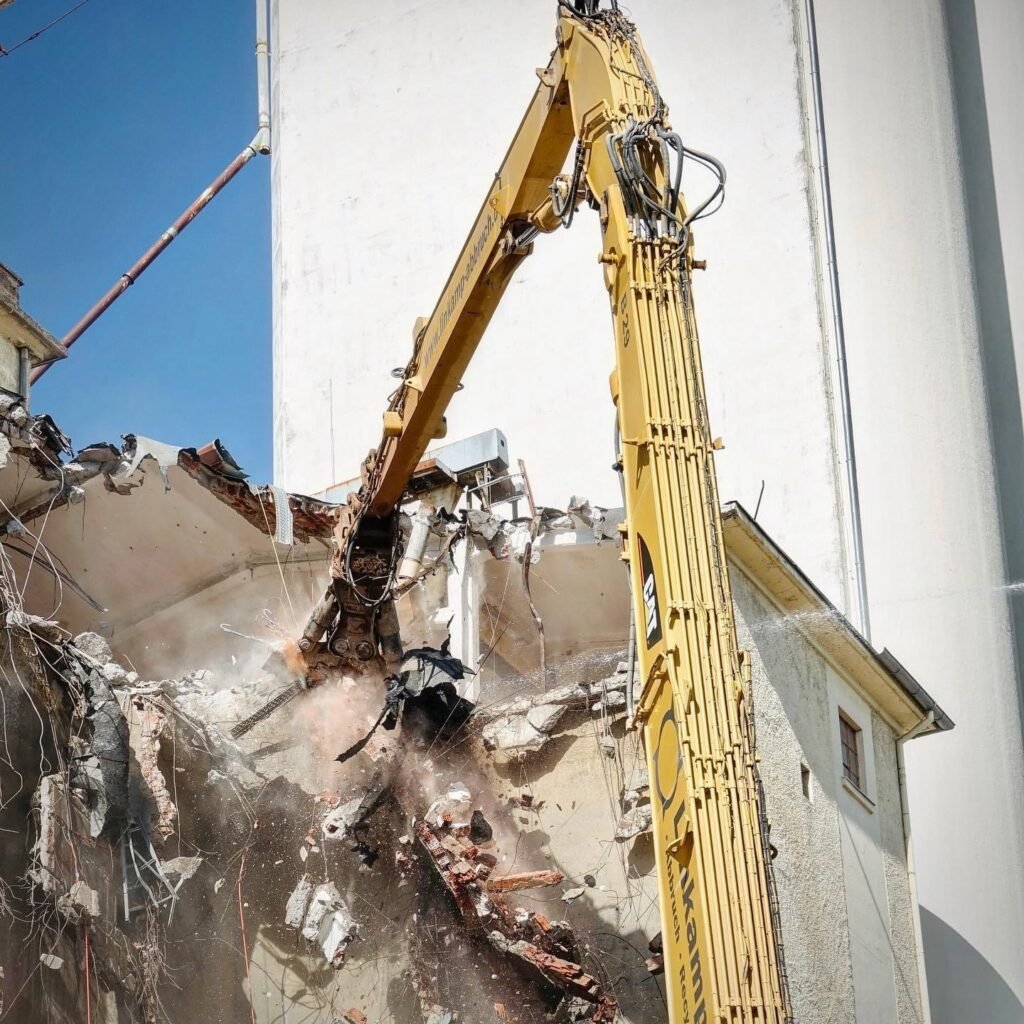
Demolition plays a crucial role in urban development, infrastructure improvement, and revitalization of communities. Here are some key reasons why demolition is important:
1. Safety and Risk Mitigation
Buildings that are structurally unsound, damaged by natural disasters, or pose a safety risk need to be demolished to prevent accidents and injuries. Demolishing such structures ensures the safety of the public and nearby properties.
2. Urban Renewal and Redevelopment
Demolition is often a necessary step in urban renewal projects. It clears the way for new construction, revitalizes neighborhoods, and enhances the overall aesthetics and functionality of the area. It allows for the creation of new residential, commercial, or public spaces that meet the evolving needs of the community.
3. Infrastructure Upgrades
Demolition is essential for upgrading or expanding existing infrastructure. It allows for the removal of outdated or dilapidated structures, making way for modern and efficient facilities such as roads, bridges, airports, and utilities.
4. Environmental Stewardship
Demolition, when carried out responsibly, promotes environmental sustainability. By recycling and reusing materials, it reduces the demand for new resources and minimizes waste. Additionally, demolition can also lead to the discovery and remediation of environmental hazards, ensuring a safer and healthier environment for future generations.
5. Economic Benefits
Demolition projects create employment opportunities and stimulate local economies. They generate jobs for construction workers, equipment operators, and waste management professionals. Furthermore, the redevelopment of cleared sites can attract new businesses, increase property values, and contribute to economic growth.
Conclusion
Demolition is a complex and essential process that involves the safe and efficient dismantling or destruction of structures. It plays a vital role in ensuring safety, promoting urban development, upgrading infrastructure, and protecting the environment. By understanding the importance of demolition, we can appreciate its role in shaping our built environment and creating sustainable communities
What is demolition?
The process involves Rotational hydraulic shears and rock-beakers attached to specialist excavators are also used to cut or break through wood, cut steel and crush concrete which reduces the structure to a rubble
What is a premature collapse?
TPremature collapse of these structures is one of the main causes of serious injuries resulting from demolition activities. The most common type of incidents is the lack of planning before commencement
Demolition hazards
If a demolition project is well planned the risks of injury and death can be minimised. It should be emphasised that the planning and execution of a demolition project should only be done by appropriately competent persons.
What is a section 80 demolition notice?
If your considering demolishing an existing building you will need to submit a demolition, Section 80 Notice together with your (RAMS) to your local authority according to section 80
What is a pre-demolition survey
When a building is to be demolished the (non-domestic) client (usually the property owner) has a duty to provide pre-demolition information to the designer and contractor. This will involve a pre-demolition investigation and survey.
How to manage asbestos in demolition
One of the key issues arising in demolition these days is asbestos. Widely used in construction projects by previous generations, asbestos is now accepted as the UK’s largest occupational killer and there are strict guidelines for the safe removal
How to manage your demolition project
Where any redundant building, structure plant has contaminated flammable materials, precautions must be observed to avoid fires and explosions. Specialist advice must be required to identify any residual
What is manual demolition?
Among the methods, manual demolition is found to be most applicable for most sites, especially for areas located in the urban zone. The safety of the demolition process would greatly depend on the type of procedure used.
What is non explosive demolition?
You do not need explosives for every demolition job. Most people assume that for a demolition to be a demolition there is a need for a kaboom. It does not have to be that way
Structural demolition
Structural demolition is not a walk in the park. Total Group is well placed to deliver a safe, environmentally friendly and a budget wise project. We focus on a process that will assist you to salvage and recycle material for reuse.
What is high risk demolition?
The building contractor needs to make a thorough risk assessment to look for both risks and hazards. Control measures are then implemented to prevent any accident that could be fatal.
Controlled demolition methods
If you have a large building that requires demolishing, you cannot rely solely on manual demolition to get the project completed. There is only so much that a team of demolition contractors.
Ready to start your project ?
Let's Work Together
Please complete the form below and someone from the Total team will be in touch.

